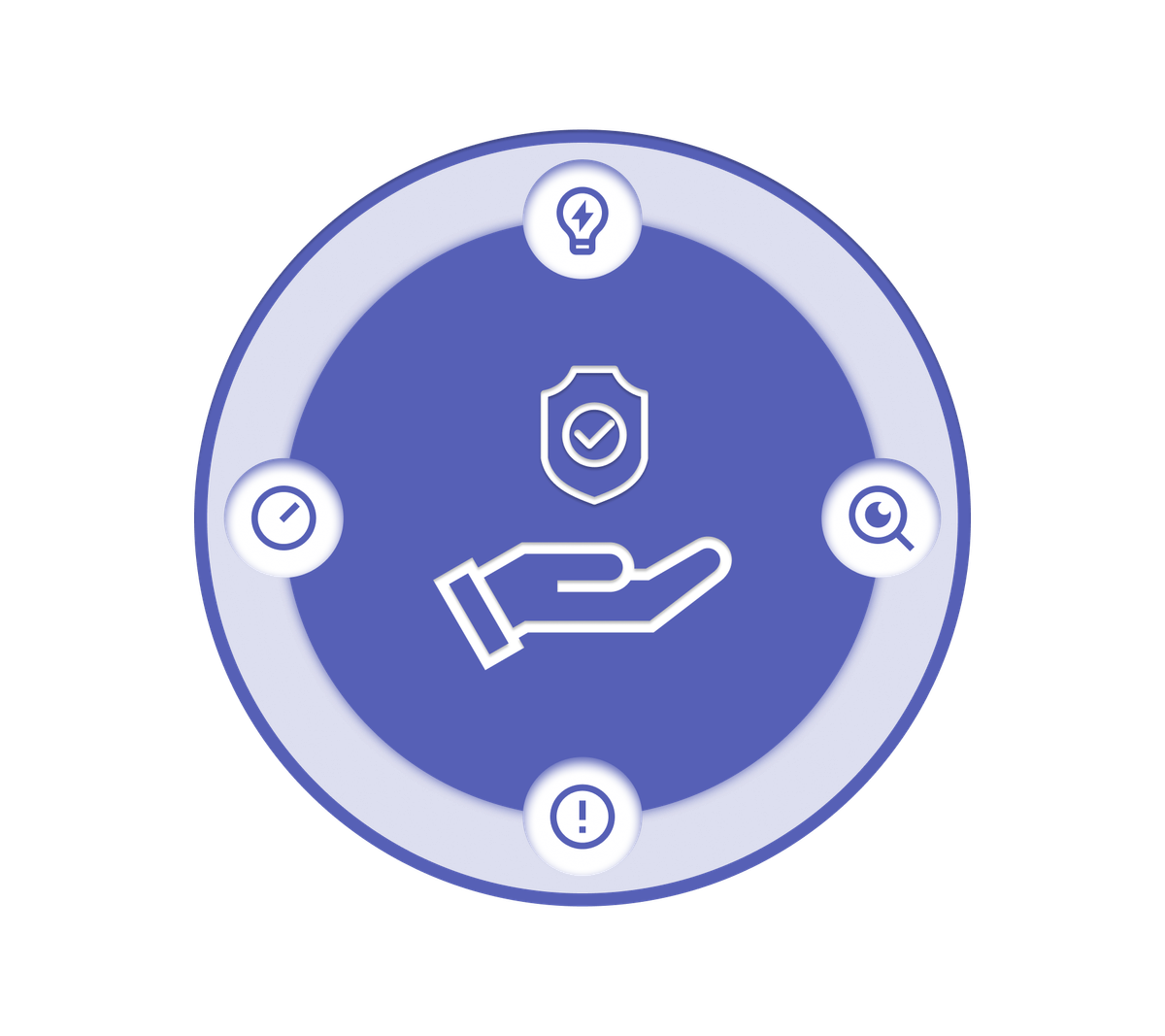In this second part of our blog series Achieving Cloud Excellence: Azure Well-Architected Framework on the Azure Well-Architected Framework (WAF), we're diving deeper into two crucial pillars: Operational Excellence and Security. Our journey through the Well-Architected Framework continues as we explore these essential aspects of Azure architecture, providing you with valuable insights and practical guidance for implementation.
Operational Excellence
Operational excellence is a fundamental pillar of the Azure Well-Architected Framework. It centers on the processes and practices that ensure your applications run smoothly and reliably in production. Let's take a closer look at key considerations for achieving operational excellence:
Responsibility and Remediation: Broader teams should be assigned responsibilities for operational aspects of the application, along with established remediation plans for addressing any issues that may arise.
Performance Tracking: Well-defined performance requirements for the application and key scenarios should be established and continually tracked.
Metrics and Monitoring: It's essential to evaluate critical application performance targets and non-functional requirements based on application logs and metrics. Additionally, false positive alerts should be tracked, and alert rules should be tuned accordingly.
Correlation and Health Modeling:Application-level events should automatically correlate with resource-level metrics to assess the current application state. A health model should be used to qualify healthy and unhealthy states for the workload.
Predictive Analysis:Long-term trends should be analyzed to predict operational issues before they occur, enabling proactive resolution
Automation:The application should be deployable automatically from scratch without manual operations, and operational changes should adhere to infrastructure-as-code principles.
Error Budgets:Error budgets should be used to track service reliability, ensuring that operational standards are consistently met.
Naming Standards:Implement a well-defined naming standard for Azure resources to maintain consistency and clarity.
Security
Security is another critical pillar within the Azure Well-Architected Framework, focused on safeguarding applications and data from unauthorized access, use, disclosure, disruption, modification, or destruction. Here are key security considerations:
Least Privilege: Implement least-privilege access for users and applications, ensuring they can access only the resources necessary for their tasks.
Encryption: Encryption protects data from unauthorized access, even if compromised.
Monitoring and Logging: Implement security monitoring and logging to detect and respond to security threats promptly, leveraging Azure tools such as Azure Security Center and Azure Monitor.
Regular Assessments: Perform regular security assessments to identify and mitigate vulnerabilities.
Landing Zone: Utilize Azure Blueprints and/or Azure Policies to establish a secure landing zone for your workload.
Audits: Conduct periodic and automated external or internal audits of your workload.
Azure Tags: Enrich Azure resources with operational metadata using Azure Tags.
DevOps Security: Configure gates and approvals in your DevOps release process to enhance security.
Risk Mitigation: Leverage tools like Azure Security Center to discover and remediate common risks within Azure tenants.
Prepare for our Azure Well-Architected Framework series. Next on the list: Architecting Reliable Infrastructure in Azure: Mastering the WAF Reliability Pillar

